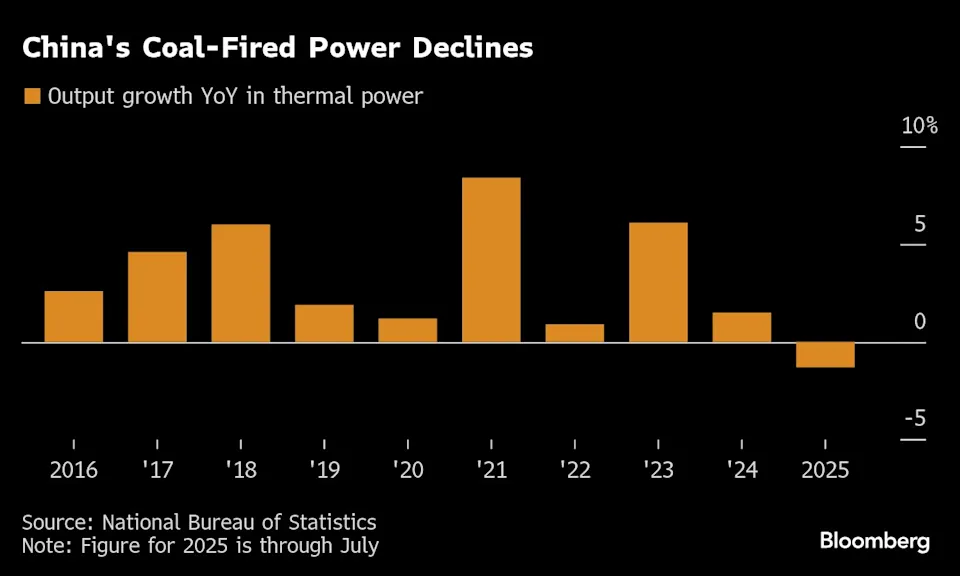The stage may be set for the world’s use of fossil fuels to begin dropping in about five years time, thanks to China’s rapid adoption of renewables and its increasing reliance on electricity, clean energy think tank Ember said in a report on Tuesday.
The researchers identified how fossil fuel consumption could be pressured into long-term decline, via the scale and pace of China’s own green transition, and its dominant role exporting clean energy to other countries. In 2023, one-quarter of emerging countries had leapfrogged the US in terms of the electrification of their economies, helped by the availability of cheap Chinese clean-tech, according to Ember.
A domestic milestone was reached in the first half of this year, when China’s solar and wind generation more than met demand growth for power, cutting fossil fuel usage by 2%, the researchers said. It follows a massive investment in clean energy, which totaled $625 billion last year or almost a third of the world’s total.
“China’s surge in renewables and whole-economy electrification is rapidly reshaping energy choices for the rest of the world, creating the conditions for a decline in global fossil fuel use,” Ember said. If current trends hold, “it’s likely that the world’s fossil fuel demand will be in structural decline by 2030.”
Cutting fossil fuel use is necessary to reducing carbon emissions and avoiding the worst consequences of a hotter planet. But the path to net zero has been complicated by various factors, from indifference and even hostility to the energy transition in some countries like the US, to concerns over the costs of its implementation in others. That has put a huge onus on the world’s biggest polluter to effectively ride to the rescue.
China has been responsible for most of the global growth in fossil fuel use for a decade, Ember said. In its reading, as that demand fades “the implications for governments basing their economic growth plans on exporting coal, oil and gas are plain to see,” it said.
Moreover, China is disproving the notion that green goals and economic growth are at odds, according to the report. Instead, it’s taken a path that has allowed the two to reinforce each other and create “self-sustaining momentum.”
On the Wire
Producing solar equipment in the US costs six times more than in China, according to BloombergNEF estimates.
Europe’s rapidly warming climate is giving Chinese air conditioner manufacturers a new growth market, helping offset lost sales to the US amid trade disputes.
China’s export growth slowed to the weakest in six months as a slump in shipments to the US deepened again, although a surge in sales to other markets kept Beijing on track for a record trade surplus of over $1.2 trillion this year.

